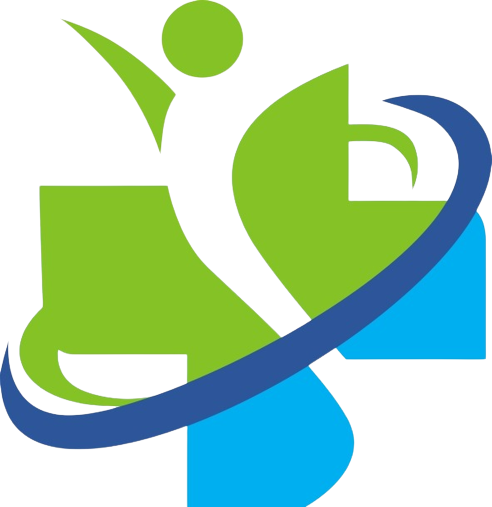varicose veins operation
The surgical treatment of varicose veins is known as "varicose vein surgery" or "venous surgery." Varicose veins are enlarged, twisted, and often painful veins that typically occur in the legs. Surgery is considered when conservative measures, such as lifestyle changes, compression stockings, or minimally invasive procedures, do not provide sufficient relief or when complications like ulcers or blood clots arise.
Here are some common surgical options for treating varicose veins:
- Procedure: Vein stripping is one of the traditional surgical methods for treating varicose veins. It involves the removal (stripping) of the affected veins through small incisions. The surgeon ties off the vein at the top and bottom, then removes it.
- Indications: This procedure is typically used for larger, more severe varicose veins.
- Recovery: Recovery time can vary, but it usually involves some discomfort and downtime.
- Procedure: EVLA is a minimally invasive procedure in which a laser fiber is inserted into the affected vein through a small catheter. The laser heats and seals the vein, causing it to close. Blood is then rerouted through healthier veins.
- Indications: EVLA is often used for less severe varicose veins and can be performed on an outpatient basis.
- Recovery: Recovery is generally faster compared to traditional surgery, and patients can usually return to normal activities quickly.
Vein Stripping:
Endovenous Laser Ablation (EVLA): Stones:
Radiofrequency Ablation (RFA):
- Procedure: RFA is similar to EVLA but uses radiofrequency energy instead of a laser to close the vein. It is also minimally invasive and performed on an outpatient basis.
- Indications: RFA is used for treating varicose veins, particularly in cases where EVLA may not be suitable.
- Recovery: Recovery is typically quicker than traditional surgery.
Ambulatory Phlebectomy:
- Procedure: Ambulatory phlebectomy is a minimally invasive procedure in which small incisions are made over the varicose veins, and the veins are removed through these incisions using hooks or special instruments.
- Indications: It is suitable for smaller varicose veins near the surface of the skin.
- Recovery: Recovery is relatively quick, and patients may be able to resume normal activities shortly after the procedure.
Foam Sclerotherapy:
- Procedure: Foam sclerotherapy involves injecting a foam solution into the affected veins to irritate and close them. It is often used for smaller varicose veins or residual veins after other treatments.
- Indications: Foam sclerotherapy is typically used for less severe cases.
- Recovery: Recovery is generally fast, and patients may need multiple sessions for optimal results.
The choice of surgical treatment depends on the severity and location of the varicose veins, as well as the patient's overall health. It's crucial to consult with a vascular surgeon or a specialist in vein disorders to discuss the best approach for your specific condition and to understand the potential risks and benefits of the chosen procedure.
